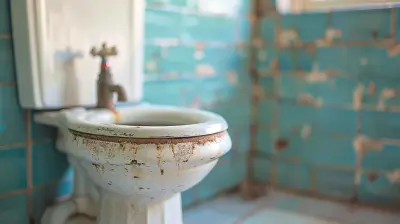Daycare Childproofing: How to Evaluate the Safety of Care Facilities
31 August 2025
Let’s face it — handing your child over to someone else for the day can feel like handing over your heart with tiny sneakers. And while hugs, bottles, and nap times are important, there’s one detail that’s non-negotiable: safety. Like, Fort Knox level safety (without the lasers and motion detectors… or with fewer of them, anyway).
So how do you know if your chosen daycare has all the right childproofing measures in place? What do you look for besides smiling staff and colorful playrooms? Let’s break it down — with zero mom-guilt, a sprinkle of sass, and a whole lot of childproofing know-how.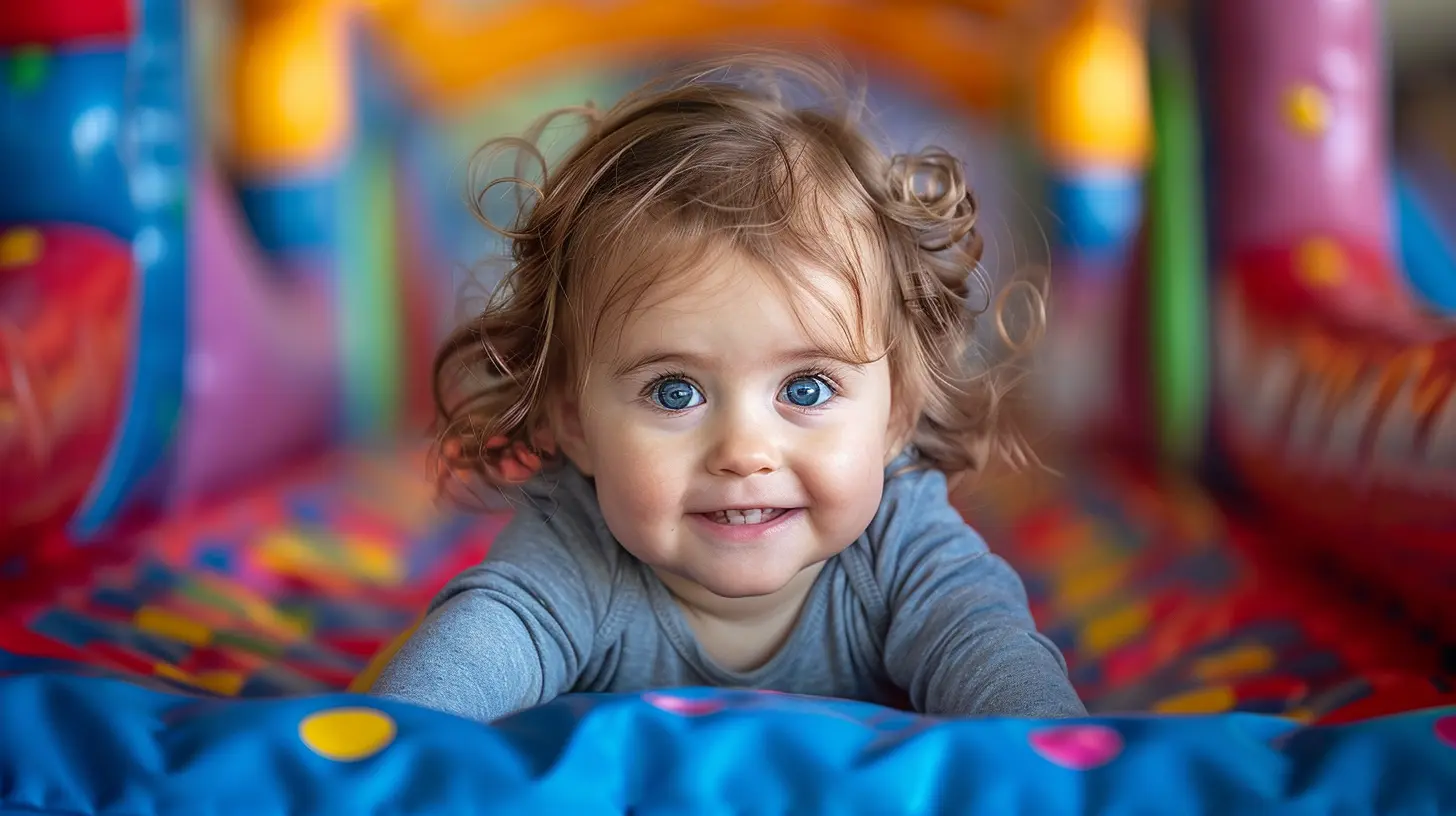
First Impressions Matter: The Safety Vibe Check
You walk in. You sniff. You look around. Do your spidey senses tingle?It might sound fluffy, but gut instincts are powerful. Is the facility clean? Well-lit? Do kids look happy and engaged — or are they stacking blocks dangerously close to the electrical outlets?
When it comes to safety, the vibes don’t lie.
What to Look for Immediately:
- Secure Entrances: No revolving doors — both literally and figuratively. One monitored entrance with controlled access is the gold standard.- Visible Staff: Adult supervision should be more constant than your toddler asking, “But why?”
- General Tidiness: Toys should be organized, not landmines waiting to ruin socks and ankles.
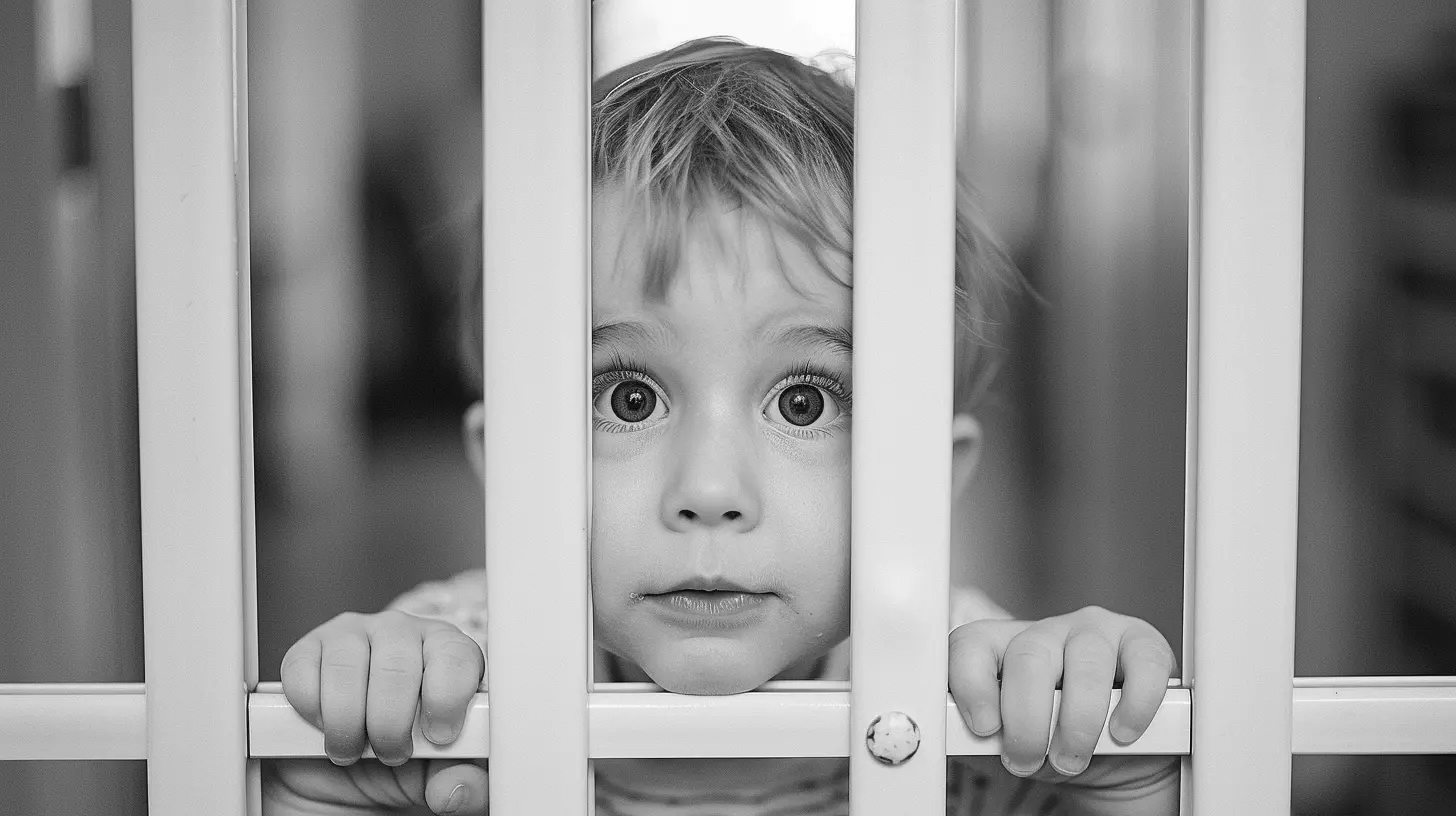
The Ground Game: Floors, Furniture, and Fumbles
Kids are basically tiny, energetic crash-test dummies. Everything is an adventure — whether it’s a couch cushion, a rocking chair, or a suspicious-looking carpet. So the environment they’re crawling, walking, and tumbling through has to be safe.Flooring 101:
- Non-Slip Surfaces: Whether it’s snack time or science experiment time (hello, spilled water), slick floors are a no-go.- Soft Landing Zones: Carpeted or padded play areas can turn “oops” into “just a boo-boo.”
Furniture That Doesn’t Fight Back:
- Rounded edges are your new BFF.- Furniture should be anchored — no climbing towers of toy doom.
- No glass. Ever. Your child is not a tiny elite gymnast ready for Olympic-level scaling.
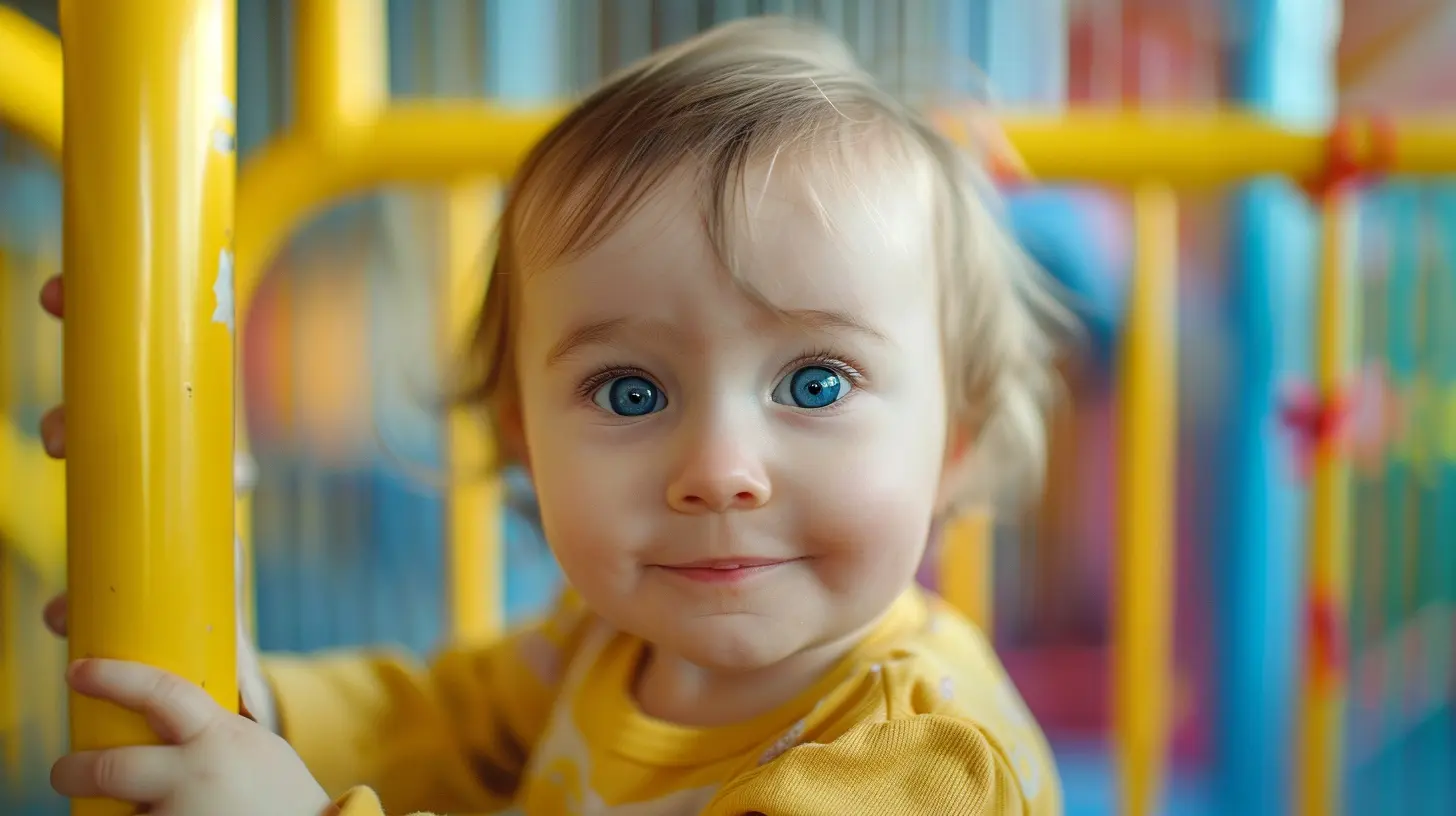
Tiny Hands, Big Risks: Cabinets, Outlets, and Doors
Let’s talk about curiosity. It’s adorable… until it results in finding the emergency scissors drawer.Childproofing Essentials:
- Cabinet Locks: All cleaning supplies, medications, or adult-only snacks (yes, we know about your secret stash) should be safely locked away.- Outlet Covers: Those little plastic protectors can save a whole lot of heartache and hair-pulling.
- Door Stoppers & Finger Guards: Tiny fingers are accident-prone, and slamming doors are the villains of daycare safety.
Seriously, take a moment and pretend you’re a 2-foot tornado. What could you get into? That’s what needs childproofing.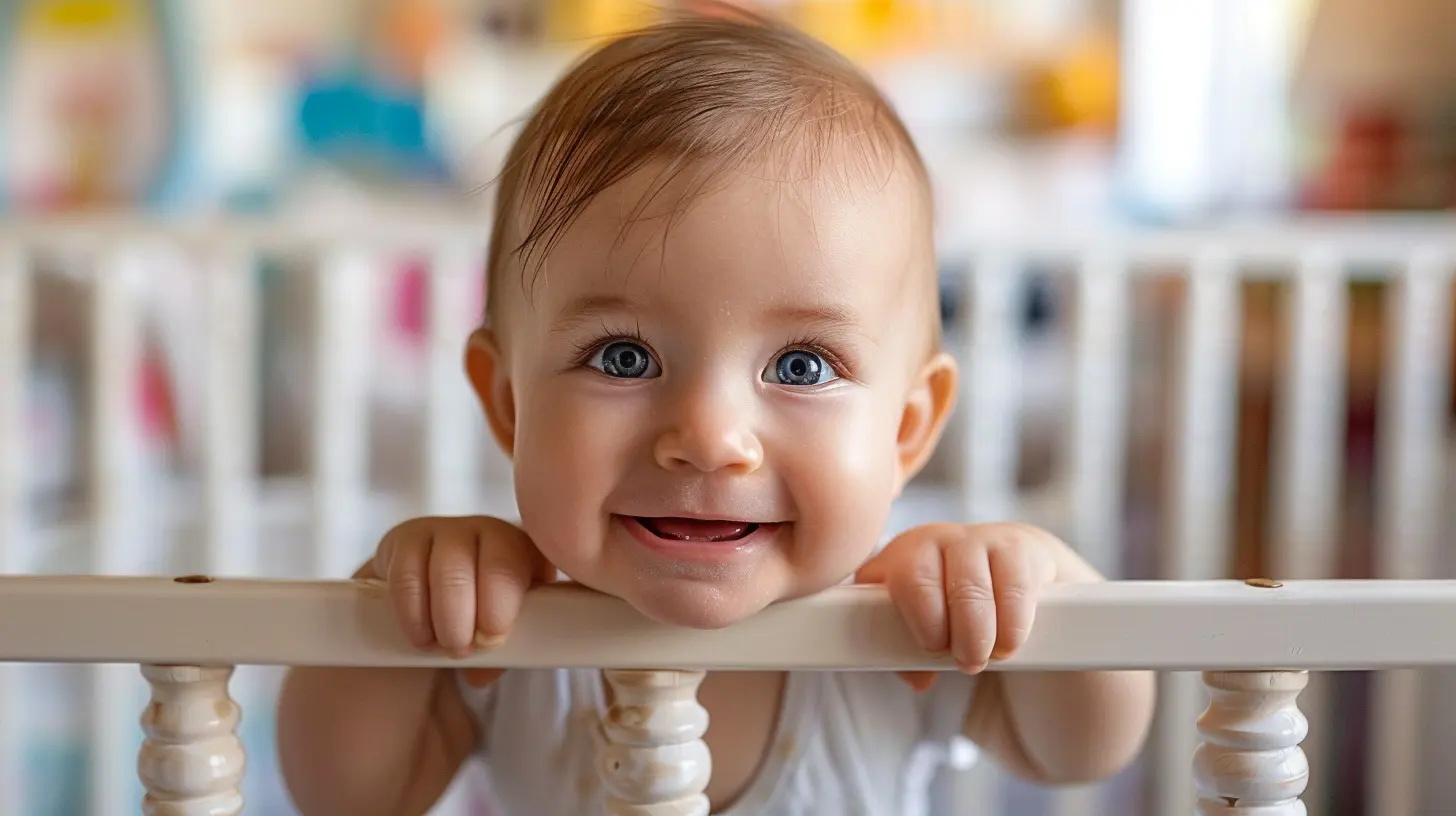
The Bathroom Scene: More Than Just Potty Talk
Bathrooms are like the wild west of the daycare world. It’s where hygiene and hazards meet in a chaotic dance.Safe & Sanitary Checklist:
- Hot Water Temperature Control: No one wants their toddler testing the boiling point.- Step Stools: These should be stable, non-slip, and not double as jungle gyms.
- Toilet Locks (If Needed): It’s not just for home. Some curious minds love flushing whole outfits.
Plus, easy access to towels and soap helps promote independence – and fewer germs flying home on tiny hands.
Mealtime Mayhem: Safe Snack Spaces
Snack time is great, but it shouldn’t be a time of high-adrenaline anxiety for parents.Chow-Down Safety Tips:
- High Chairs with Straps: Houdini shouldn’t be able to escape mid-meal.- No-Choke Zone: Staff should be trained in appropriate food sizes and cutting techniques (grapes should not be whole, people!).
- Allergy Awareness: Peanut butter shouldn’t be lurking around the corner if someone’s allergic. Make sure they have protocols and EpiPens ready, just in case.
Nap Time Nirvana: Sleeping Like Babies… Safely
We know — nap time is magical. But safety doesn’t nap, not even for 30 minutes.Safe Sleep Must-Haves:
- Cribs That Meet Current Safety Standards: No drop sides, no fluff monsters (i.e., pillows or stuffed animals).- Firm Mattresses + Fitted Sheets: If you wouldn’t sleep there, your baby shouldn’t either.
- Clear Air Space: That means no hanging cords, no wall decorations that can fall, and definitely no choking hazards nearby.
Bonus points if the room is calm, dimly lit, and quieter than a parent enjoying coffee alone for the first time in months.
Staff That Don’t Just Babysit — They’re Safety Gurus
You wouldn’t hire a skydiving instructor who’s afraid of heights, right? Same goes for trusting daycare staff.Safety-Savvy Staff Traits:
- CPR & First Aid Certified: Every single one of them should be trained for emergencies.- Proper Ratios: The fewer children per caregiver, the better. Your kid isn’t a background extra.
- Active Supervision: That means eyes on the kids, not on phones or gossiping at the snack station.
Also, ask about ongoing safety and training. Great daycares keep learning.
Emergency Plans: Because Life Happens
Okay, we don’t want to be alarmists, but fire drills aren’t just something from grade school nostalgia.Emergency Readiness Questions:
- Is there an evacuation plan?- Do they practice fire or lockdown drills?
- Are exits clearly marked and accessible?
- Do caregivers know how to handle allergic reactions, injuries, or lost children?
It’s like airplane safety — you hope you’ll never need it, but it sure helps to know those oxygen masks exist.
Outdoor Play Areas: Joy or Jungle?
Playgrounds should be more than buckets of giggles — they should be fortresses of safety.Outdoor Safety Checklist:
- Fenced in Spaces: So your little track star doesn’t pull an escape act.- Age-Appropriate Equipment: Toddlers don’t belong on monkey bars that reach the clouds.
- Soft Landing Surfaces: Rubber mats, wood chips, not concrete nightmares.
- Shade & Hydration: Because sunburns and dehydration are attention-grabbing in the worst ways.
Also, equipment should be clean, rust-free, and not made in the era of disco and questionable parenting norms.
Red Flags That Are More Than Just Pink
Let’s call it like it is. Even the cutest daycare can have safety issues hiding beneath its Pinterest-worthy decor.Uh-oh Indicators:
- Staff are vague about policies or defensive when you ask questions.- Kids are unsupervised — even for a hot second.
- Electrical cords, cleaning supplies, or choking hazards are in plain sight.
- No cameras, no visitor logs, no sense of accountability.
If something gives you the icky feeling, trust it. Your gut and your child’s safety are more important than offending someone.
Questions to Ask Like a Pro (Because You Are One)
Let’s arm you with the ultimate toolkit: questions. Keep it casual, but be thorough.1. What’s the childproofing process like here?
2. Are all staff CPR-certified?
3. How often is equipment checked or replaced?
4. What’s your emergency response plan?
5. How do you handle food allergies?
6. Are there background checks for staff?
And don’t be afraid to take notes or follow up. You’re not being a helicopter parent; you’re being an informed one.
Trust, But Childproof
Here’s the deal: no daycare will ever be perfect. But the right one will show you they care about safety as much as they care about finger painting and snack time.Evaluating the childproofing of a daycare isn’t just about ticking boxes. It’s about asking the right questions, doing the walk-throughs, and trusting your instincts. You’re not just looking for daycare — you’re searching for your child’s home away from home.
And let’s be real: if your little one is going to build towers, nap like a champ, and come home covered in glitter and giggles — you want to make sure they’re doing it in the safest environment possible.
So go forth, safety-savvy parent. Ask the tough questions. Peek in the corners. Check those outlet covers like a boss.
Because when it comes to your kid, “good enough” isn’t even in your vocabulary — and that’s the way it should be.
all images in this post were generated using AI tools
Category:
ChildproofingAuthor:

Max Shaffer
Discussion
rate this article
1 comments
Jamie Carter
What key safety features should I prioritize?
September 10, 2025 at 3:06 AM

Max Shaffer
Prioritize secure entrances/exits, childproofed play areas, and effective supervision measures.


